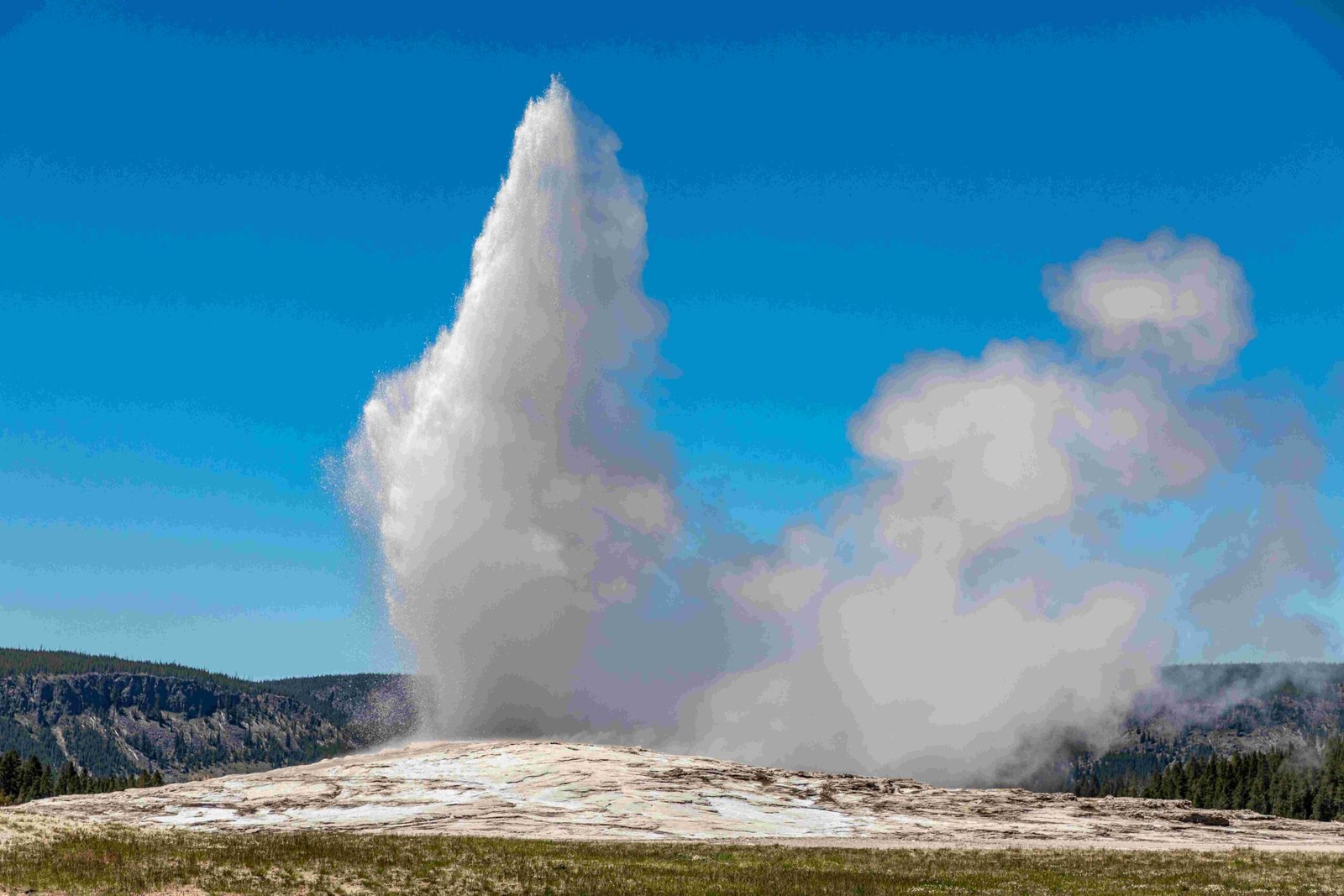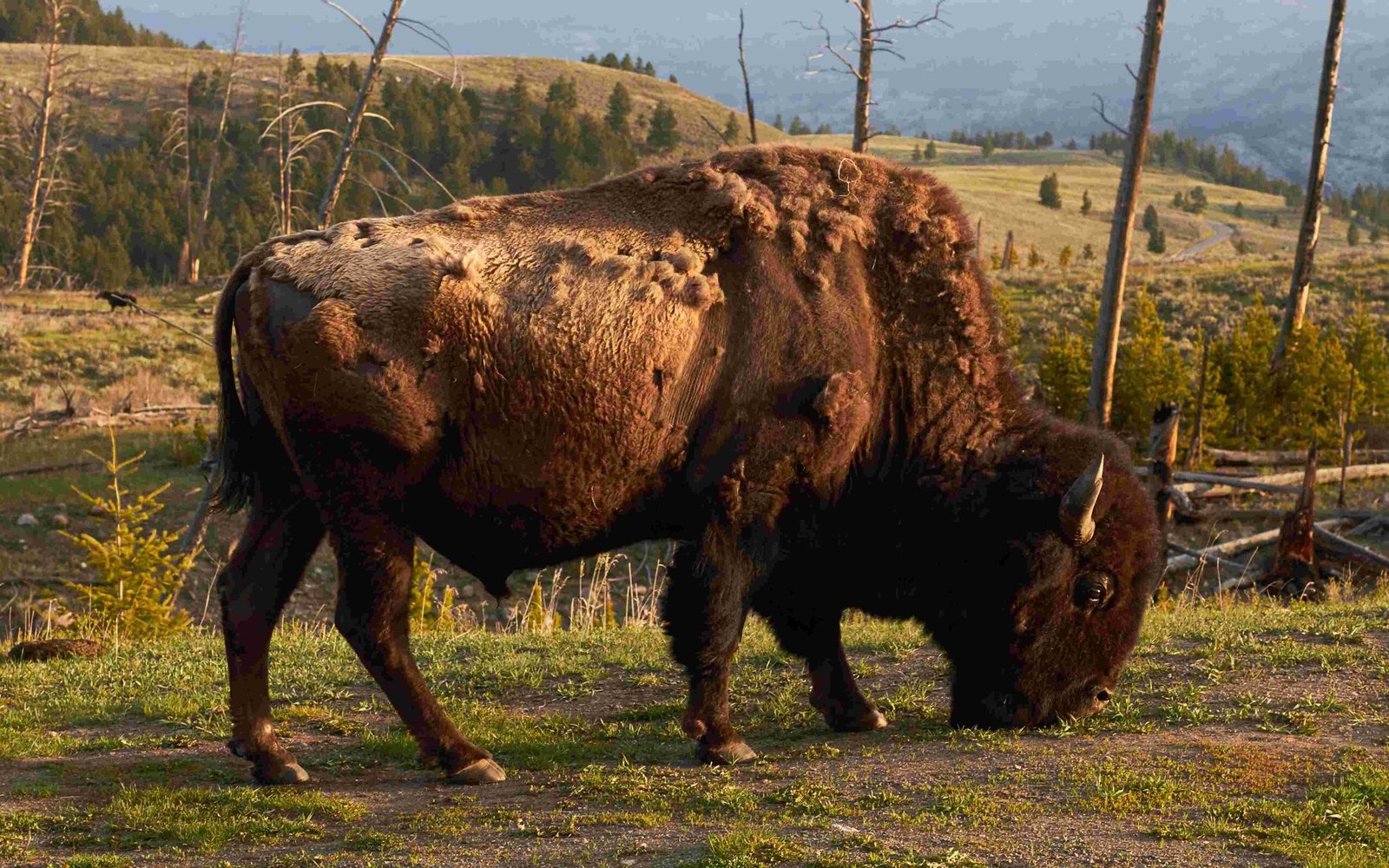The peak season for Yellowstone National Park typically spans from late April to mid-September, with June, July, and August being the busiest months. During this time, the park experiences its highest visitor numbers, offering optimal conditions for wildlife viewing, hiking, and exploring geothermal features. The summer months bring warm weather, full bloom of wildflowers, and increased animal activity, making it an ideal time for tourists to experience the park’s natural wonders.
What Are the Exact Dates of Peak Season for Yellowstone National Park?

The peak season for Yellowstone National Park generally runs from late April to mid-September. However, the busiest period is during the summer months of June, July, and August. Here’s a breakdown of the peak season timeline:
- Start of Peak Season: Late April
- Busiest Months: June, July, August
- End of Peak Season: Mid-September
It’s important to note that while these are the general dates, weather conditions and park management decisions can slightly affect the exact start and end dates of the peak season.
How Many Visitors Does Yellowstone Receive During Peak Season?

Yellowstone National Park experiences a significant influx of visitors during its peak season. Here are some key statistics:
- Annual Visitation: In 2023, Yellowstone hosted approximately 4.5 million visitors.
- Peak Season Concentration: More than half of these annual visitors come during the summer months (June, July, and August).
- Daily Attendance: During peak season, especially on weekends and holidays, the park can see tens of thousands of visitors per day.
| Month | Estimated Visitors |
|---|---|
| June | 800,000 – 900,000 |
| July | 900,000 – 1,000,000 |
| August | 800,000 – 900,000 |
These numbers highlight the popularity of Yellowstone during its peak season and underscore the importance of planning your visit in advance.
What Are the Top Activities to Enjoy During Peak Season?
The peak season offers a wide range of activities for visitors to enjoy. Here are some of the most popular:
- Wildlife Viewing:
- Observe bison during their rut in August
- Spot elk, wolves, and bears in their natural habitats
-
Join ranger-led wildlife watching tours
-
Hiking:
- Explore the Fairy Falls trail for a view of Grand Prismatic Spring
- Traverse trails around Old Faithful and Yellowstone Lake
-
Enjoy lower elevation trails that are fully accessible during summer
-
Geothermal Feature Exploration:
- Witness Old Faithful’s eruptions
- Marvel at the colors of Grand Prismatic Spring
-
Explore the various geyser basins throughout the park
-
Guided Tours:
- Participate in ranger-led programs
- Join guided hiking or photography tours
-
Take part in educational programs about the park’s geology and ecology
-
Water Activities:
- Enjoy boating or fishing on Yellowstone Lake
- Try fly fishing in the park’s rivers and streams
Remember that some activities may require additional permits or fees beyond the general park admission.
How Should I Plan My Accommodation During Peak Season?
Accommodation planning is crucial during Yellowstone’s peak season due to high demand. Here’s what you need to know:
Types of Lodging:
- In-Park Lodges:
- Old Faithful Inn
- Lake Yellowstone Hotel
-
Grant Village
-
Campgrounds:
-
Both reservable and first-come, first-served options available
-
Backcountry Camping:
- Requires permits and adherence to park regulations
Costs and Reservations:
- Lodge Prices: Range from $100 to over $500 per night
- Campground Fees: Start from $20 to $30 per night
- Reservation Timeline: Book 6-12 months in advance for peak season stays
- Cancellation Policy: Check individual lodging policies for details
Tips for Securing Accommodation:
- Plan and book well in advance, especially for in-park lodging
- Consider staying in nearby towns if in-park options are full
- Be flexible with your dates if possible
- Check for cancellations regularly if your preferred dates are initially unavailable
What Are the Pros and Cons of Visiting During Peak Season?
Understanding the advantages and disadvantages of visiting Yellowstone during peak season can help you make an informed decision about your trip.
Pros:
- Optimal Weather: Warm temperatures and clear skies are common
- Full Accessibility: All park roads and facilities are typically open
- Maximum Wildlife Activity: Increased chances of wildlife sightings
- Diverse Activities: Wide range of ranger-led programs and tours available
- Vibrant Atmosphere: Energetic environment with many fellow nature enthusiasts
Cons:
- Crowds: Expect long lines and busy trails, especially at popular attractions
- Higher Prices: Accommodation and some services may be more expensive
- Limited Solitude: Finding quiet moments in nature can be challenging
- Potential Traffic: Possible congestion on park roads and at parking areas
- Advance Planning Required: Spontaneous trips are difficult due to high demand
How Can I Avoid Crowds During Peak Season?
While peak season is inherently busy, there are strategies to minimize crowd encounters:
- Visit Early or Late: Explore popular sites early in the morning or later in the evening
- Explore Less-Known Areas: Venture to less-visited parts of the park
- Midweek Visits: Plan your trip for weekdays rather than weekends
- Shoulder Season: Consider visiting in May or September for fewer crowds
- Use Park Shuttles: Reduce parking hassles by utilizing park transportation services
- Advance Reservations: Book activities and accommodations well ahead of time
- Flexible Itinerary: Be prepared to adjust plans based on crowd levels
By employing these strategies, you can enhance your Yellowstone experience even during the busiest times of the year.
What Should I Pack for a Peak Season Visit to Yellowstone?
Proper packing is essential for a comfortable and enjoyable visit to Yellowstone during peak season. Here’s a comprehensive packing list:
Clothing:
- Layered clothing (temperatures can vary greatly)
- Rain jacket and pants
- Sturdy hiking boots
- Sun hat and sunglasses
- Warm jacket for cool evenings
Outdoor Essentials:
- Daypack
- Water bottles or hydration system
- Sunscreen and insect repellent
- Binoculars for wildlife viewing
- Bear spray (available for purchase in the park)
Other Important Items:
- Camera and extra batteries
- First aid kit
- Map and compass (or GPS device)
- Snacks and energy bars
- Flashlight or headlamp
Remember to also bring any necessary medications and personal items. By being well-prepared, you can focus on enjoying the natural wonders of Yellowstone during its vibrant peak season.
References:
1. https://www.rmrentals.com/blog/3-best-months-visit-yellowstone-how-avoid-crowds
2. https://www.yellowstonenationalparklodges.com/connect/yellowstone-hot-spot/infographic-guide-to-the-seasons-in-yellowstone/
3. https://www.nps.gov/yell/planyourvisit/seasonalhighlights.htm

